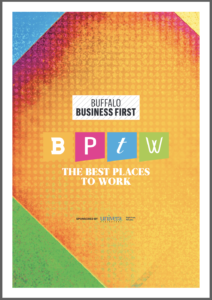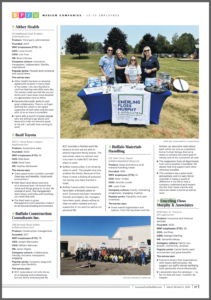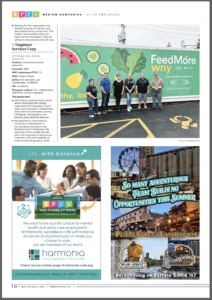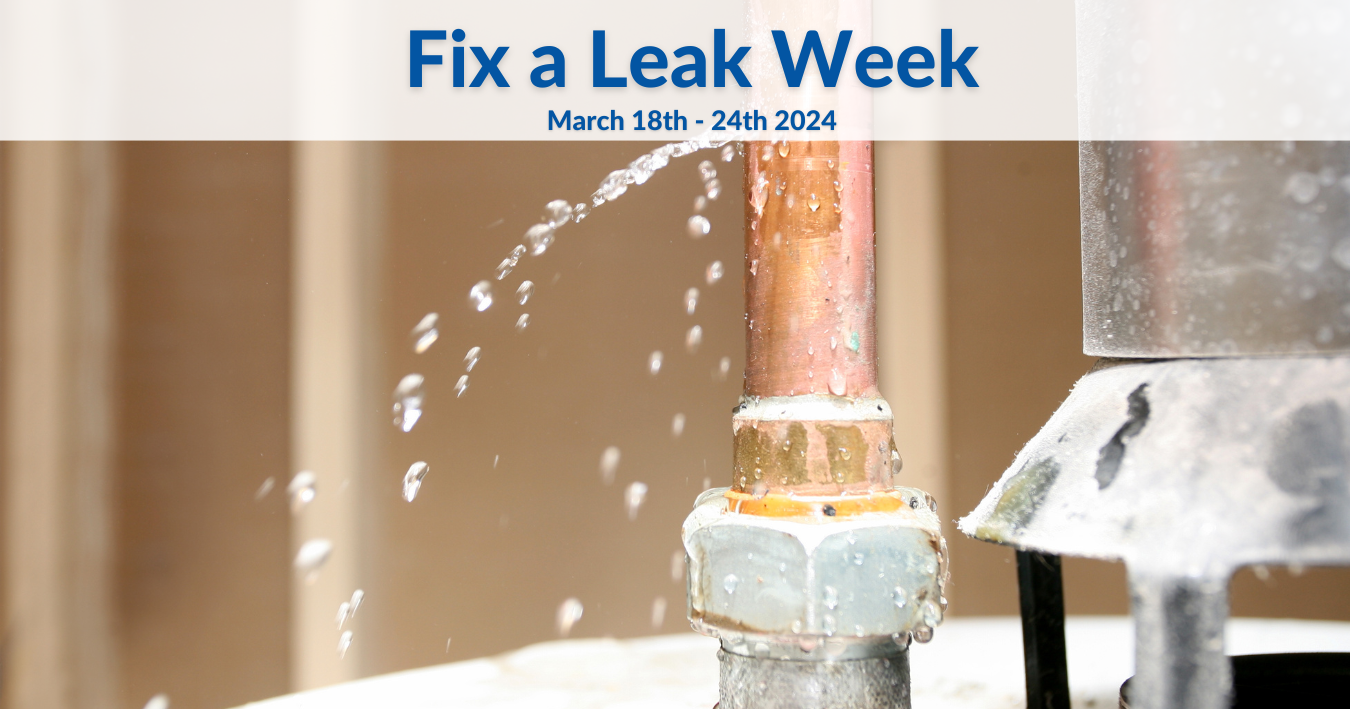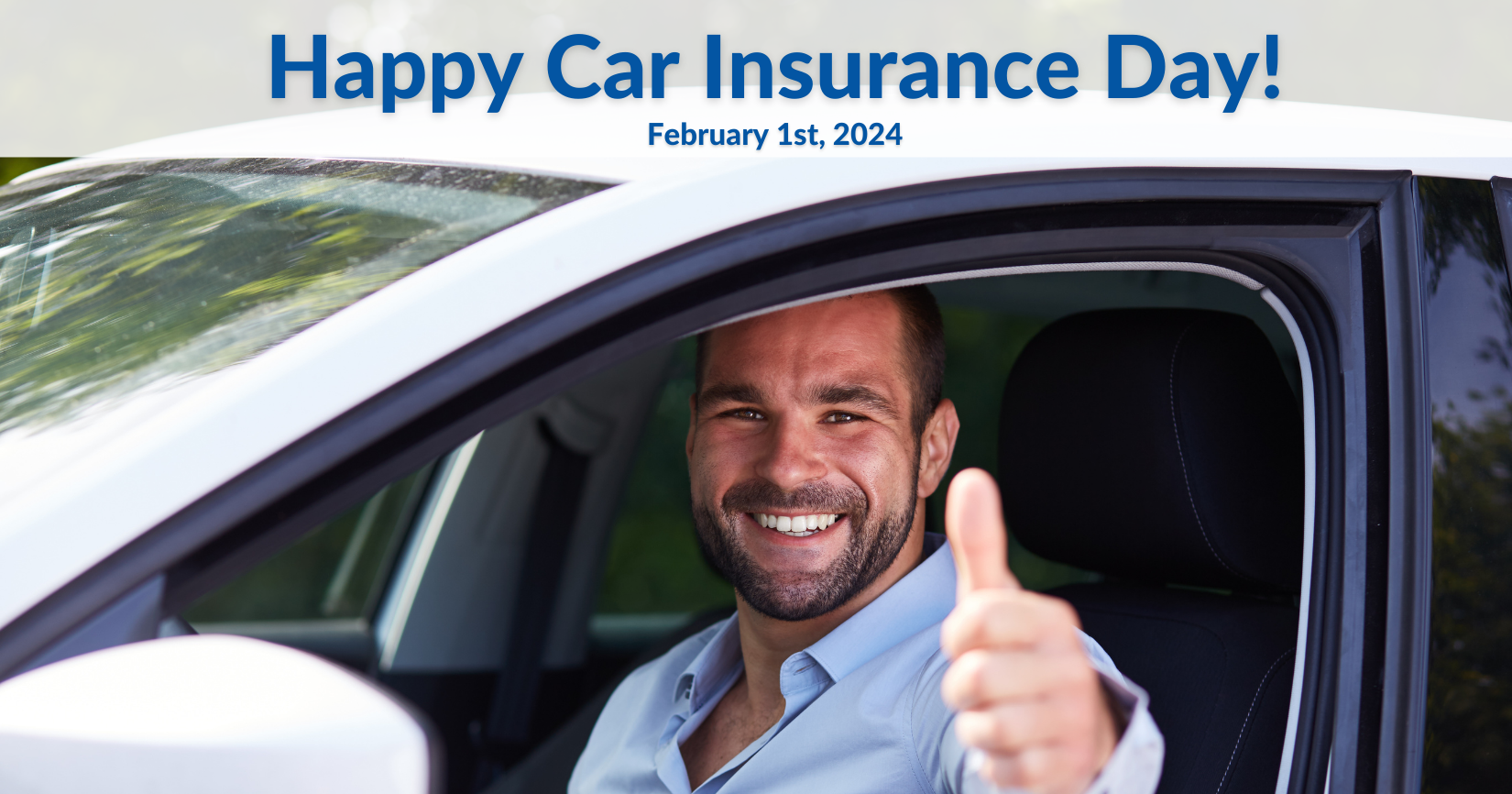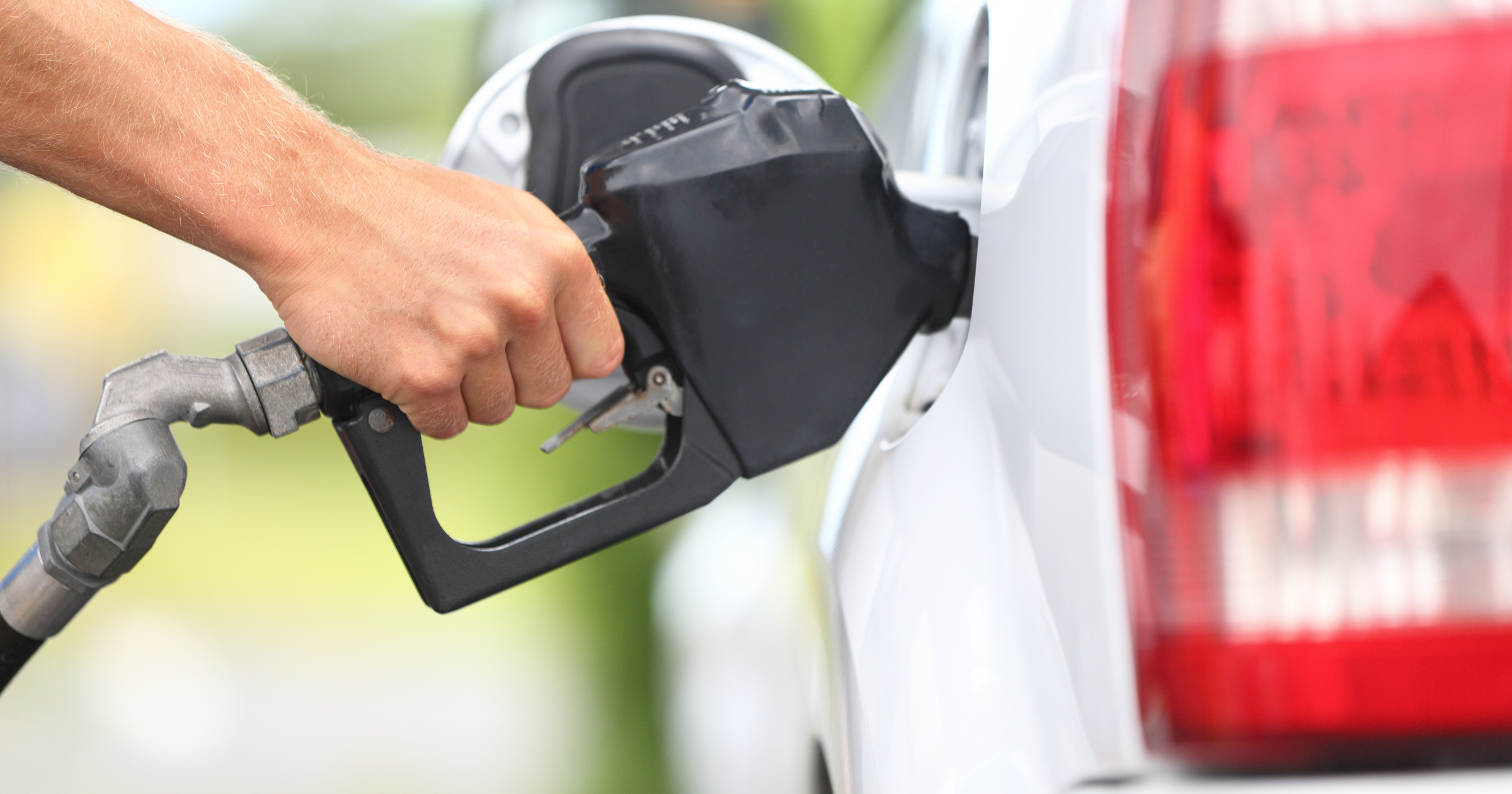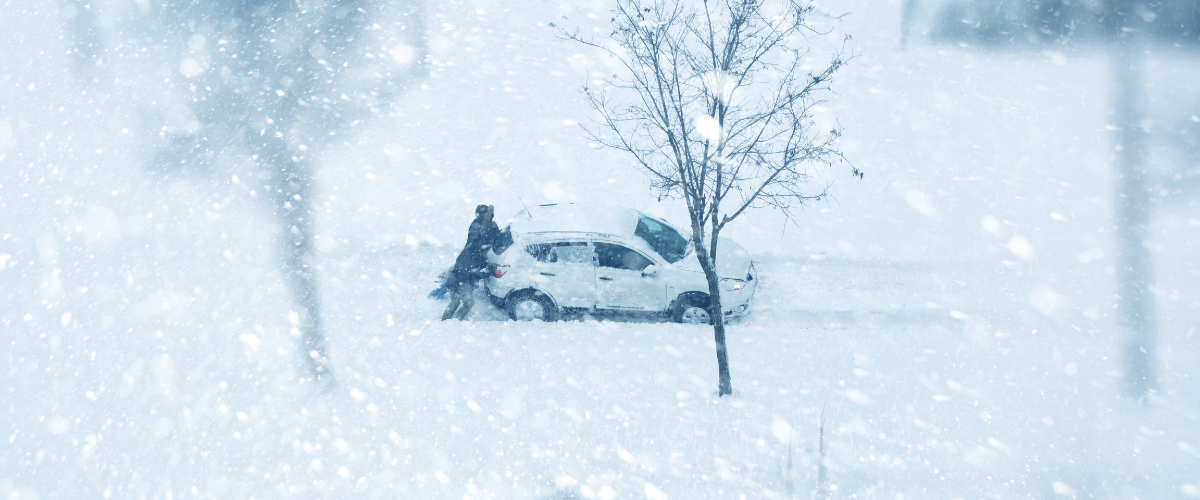If you’re looking for ways to tighten your monthly budget, there’s an unexpected place you can look: Your garage.
No, we’re not telling you to sell your car (although that’s certainly an option). Rather, it’s time to take a closer look at the way you drive and take care of your vehicle. As gas prices climb, both of these habits can make a bigger impact on your wallet than you think.
And if you’re looking for affordable car insurance, we can help with that, too.
WHAT IS GAS MILEAGE?
Gas mileage (also known as miles per gallon or MPG) is measured by calculating the number of miles that a vehicle can travel using a single gallon of fuel. Fuel economy is another term that’s commonly used. It’s often referred to in relation to improving fuel efficiency — which means using less gas when you drive.
HOW CAN I FIGURE OUT MY VEHICLE’S MPG?
Since 1977, auto manufacturers have been required to publish some form of miles per gallon metric on new car labels. For modern vehicles, this includes ratings for city, highway and combined MPG values.
In general, vehicles tout better gas mileage during highway driving rather than city (i.e. stop and start) driving. But the combined MPG rating, which represents 55% city driving and 45% highway driving, provides a quick and easy way to compare the fuel efficiency of gasoline vehicles — which is especially helpful if you’re shopping for a new car. You can find these values for your current vehicle through a quick internet search.
If you want to measure the real-world gas mileage of your car, it’s easier than you might think. Follow the steps below from the U.S. Department of Energy’s Office of Energy Efficiency & Renewable Energy:
- Step 1: Top off your tank. Fill your tank all the way up, then record the current mileage from your odometer (or set your odometer’s trip meter).
- Step 2: Run it out, then record your numbers again. Once it’s time to fill up again, record the new odometer reading as well as the number of gallons it took to refuel.
- Step 3: Subtract your readings. If you used the trip meter, you can skip this step. If not, put those elementary math skills to use and subtract your first odometer reading from your second to see how many miles you traveled on one tank.
- Step 4: Do a little division to determine your MPG. Take your figure from step three and divide the number of miles you drove by the number of gallons it took to fill your tank. Your final number is your MPG for that driving period.
WHAT’S CONSIDERED “GOOD” GAS MILEAGE?
Getting good gas mileage means that you can travel further using less gas.
As a general guide, the U.S. Environmental Protection Agency has designed a fuel economy rating that evaluates vehicles on a scale of 1 (worst) to 10 (best). These numbers can also be found on new car labels. For the 2020 model year, vehicles earning a 1 rating return an MPG of 14 or less, while a score of 10 requires 44 or more MPG.
But there are a lot of other variables that factor into this ‒ from the type of vehicle you drive to the way you drive it. And all of these can add up when it comes to how much you end up spending on gas.
WHAT CAUSES POOR GAS MILEAGE?
Regardless of what kind of vehicle you drive, all of these factors can negatively impact gas mileage:
- Speed: The faster you drive, the more fuel your vehicle burns up. This includes how fast you accelerate, too.
- Idling: Keeping your car on for it to warm up or cool down, queuing up at a drive-thru or waiting to pick your kid up from soccer practice can all decrease your vehicle’s fuel economy.
- Aerodynamic drag and excess weight: Driving too fast or traveling with a rooftop cargo carrier? These can increase wind resistance, which causes your vehicle to use more gas. And towing any kind of trailer or hauling too much in your trunk, bed or back seat also requires more fuel.
- Poor maintenance: From underinflated tires to an unattended engine issue, failure to consistently “tune-up” your vehicle can cost you a lot more at the pump. It also can create potential safety risks.
- Quick trips: A quick run to the supermarket on Monday. Stopping by the bank on Wednesday. While it may be convenient to run these errands one at a time, it can wreak havoc on your fuel economy. Quick, short trips like this from a “cold start” eat up fuel, because your engine needs to warm up before it can run efficiently.
HOW CAN I IMPROVE MY GAS MILEAGE?
The U.S. Department of Energy’s Office of Energy Efficiency & Renewable Energy and Consumer Reports offer several ways that you can improve your MPG:
- Drive more efficiently.
- Follow the speed limit, and drive sensibly ‒ not aggressively (e.g. quick accelerations, hard stops, etc.).
- On the highway, don’t speed up and slow down (unless you need to for safety). Once you get up to speed, stay there. Use cruise control when possible.
- Remove the unnecessary extra weight, avoid idling and take the cargo box off the roof of your vehicle (unless you really need to use it) to help even more.
- Keep your car in shape.
- Make sure your engine is tuned, keep tires properly inflated and use the right grade of motor oil.
- Plan and combine trips.
-
- Spend less time sitting in traffic by avoiding rush hour on daily commutes.
- Run all your errands on one day rather than taking multiple short trips during the week.
- If you have an especially long commute, ask your employer if you can work from home a day or two per week.

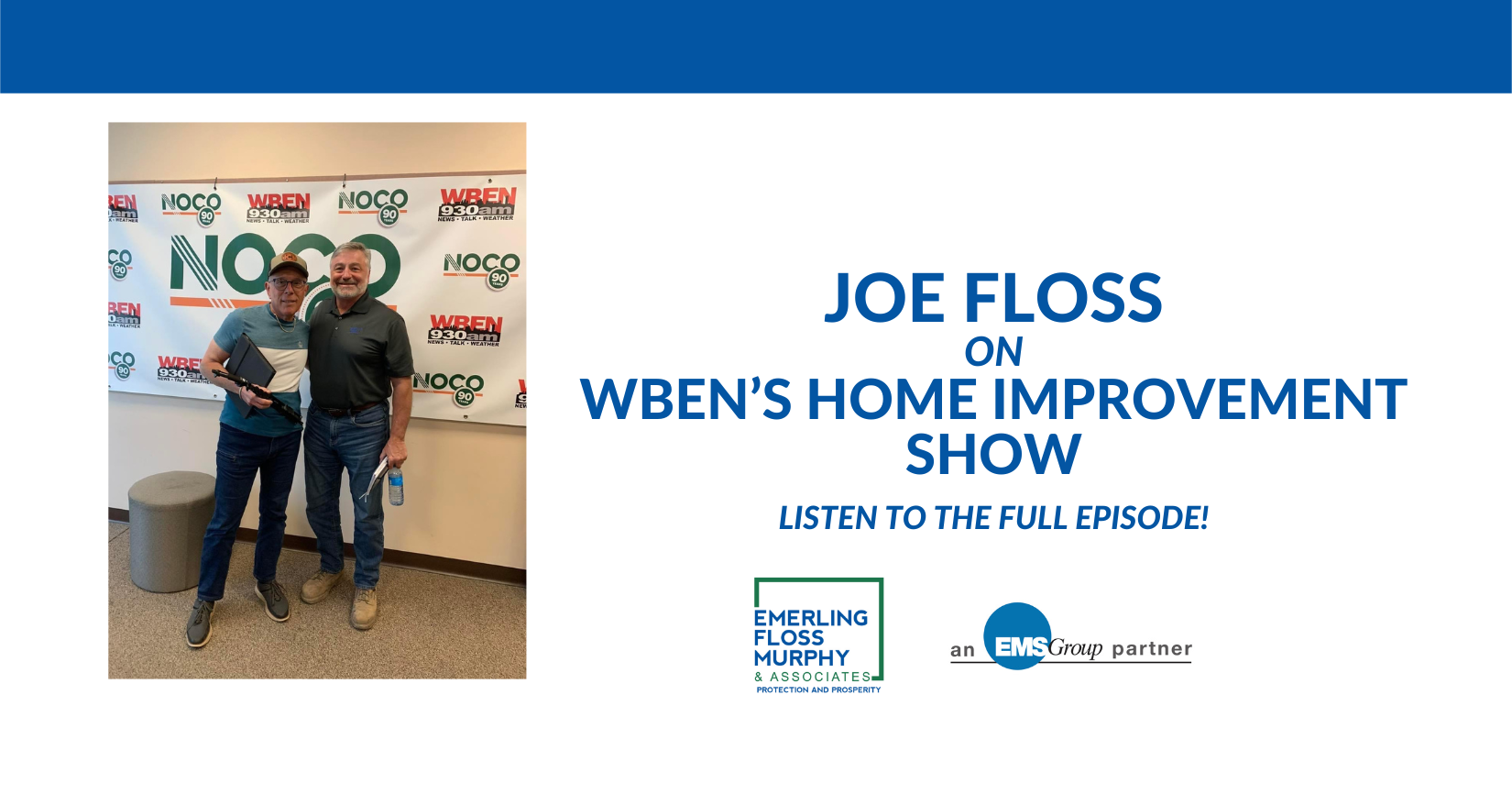
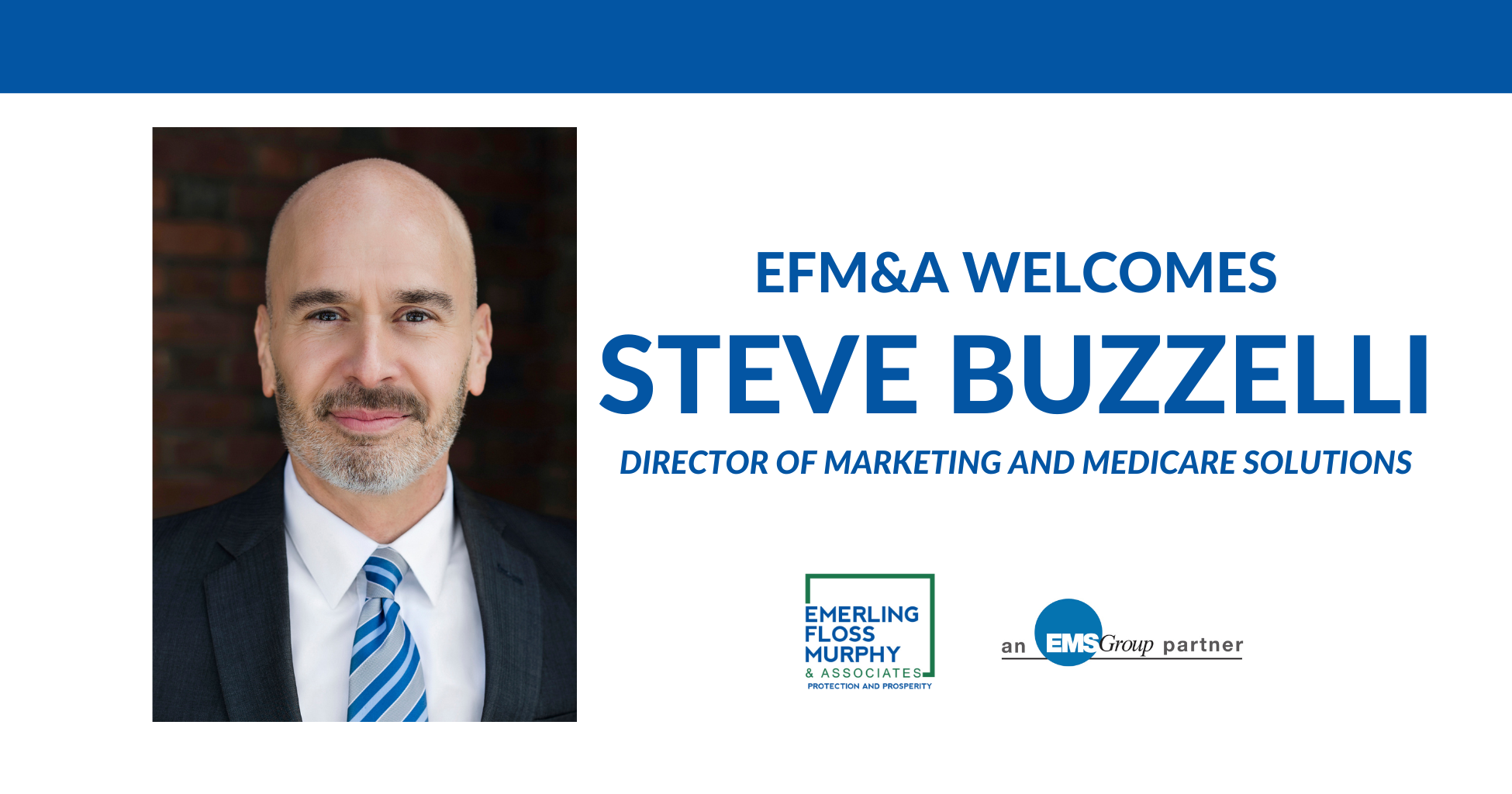
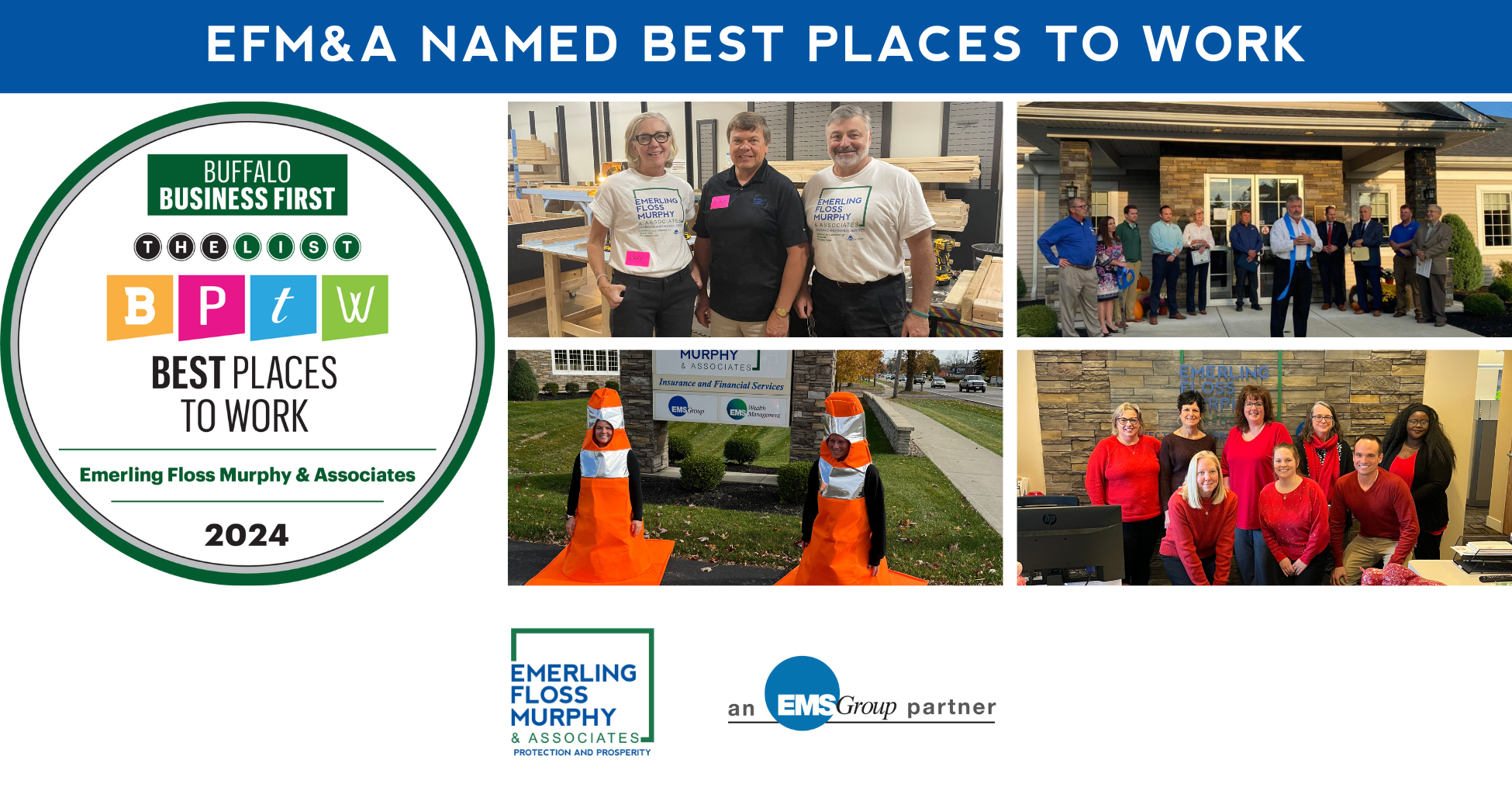
 Emerling Floss Murphy & Associates has been named one of the Best Places to Work in Western New York by Buffalo Business First.
Emerling Floss Murphy & Associates has been named one of the Best Places to Work in Western New York by Buffalo Business First.